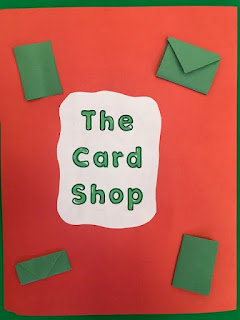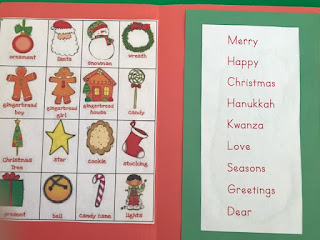Snowman Soup
You’ll need instant hot chocolate with miniature marshmallows, zip sandwich bags, wrapped candy canes, and red ribbon to make this treat. Put the package of the instant hot chocolate in the zip bag. Tie on a candy cane with these directions:
Here’s a little snowman soup –
Complete with stirring stick.
Add hot water, sip it slow.
It’ll warm you up real quick!”
Hint! This would be a great gift for school helpers and volunteers.
Wreath Sandwich
You will need bagels, cream cheese, green food coloring, and fruit loops to make this snack. First, dye the cream cheese green. Spread it on the bagel and add red fruit loops for berries.

Menorah Snack
Children will need a small banana, pretzel sticks, and a piece of red licorice to make this menorah. Peel the banana and insert a piece of red licorice in the middle. Insert 4 pretzel sticks (candles) on either side.
You will need bread, peanut butter, pretzel twists, raisins, and a red M & M to make this yummy sandwich. Cut the bread into two triangles. Spread peanut butter on the bread and then decorate with raisin eyes and a red candy nose. Break pretzels in half and add for antlers.

Note! If children have peanut allergies spread with cream cheese or another topping.
Reindeer Oats

















































